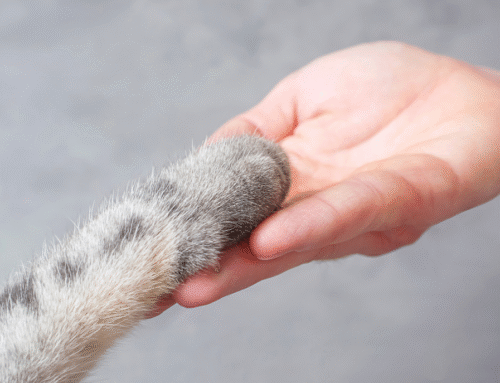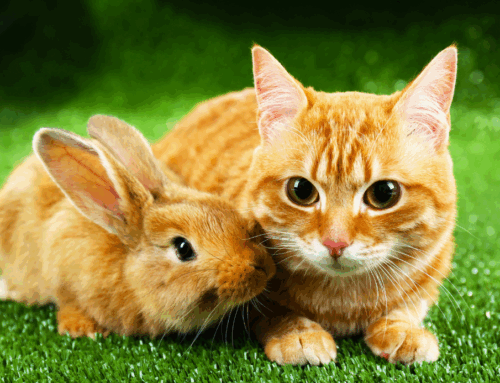
Most Cats can be Trained
Cats seem to be good at training their owners, but can the roles be reversed? The first thing to consider is this general rule: cats do not respond well to punishment. Cats are either incapable or perhaps just unwilling to see a connection between bad behavior and punishment. On the other hand, cats also lack motivation to receive praise.
Despite popular belief, most cats can be trained if you have some patience. To succeed, focus on teaching new behaviors using positive reinforcement and treats. If you were to write a job assessment for your feline, it might read:
They don’t take criticism well. Thinks they’re perfect. This cool cat knows the world belongs to them and gets that the rest of us are just living in it. ‘I am perfect. Hear me MEOW,’ is their daily mantra.
It will be utterly useless on your part if you try to train your cat to stop meowing (or any other unwanted behaviors) by punishing them.
When I was a child, we had a cat that would run to the kitchen excitedly and meow loudly every time it heard the electric can opener. We might have been opening a can of peaches, but that didn’t matter. The cat knew that each time we fed her, a bowl of tasty food would appear in the corner of the kitchen right after that sound. Although we didn’t purposely train our cat this way, it shows that cats can be trained. The main trick is to find some food or treats that your cat really loves! What is it that your cat can’t resist?
Effective Methods for Training Cats
Cats have short attention spans. Use consistent words and gestures for commands, and reward them within three to five seconds.
Pick just one trick to teach them, and keep sessions to a maximum of 10 or 15 minutes. Start with something simple, like ‘down,’ ‘stay,’ or ‘come.’
If kitty is close to completing the command, still give the praise or treat, as they can still learn the association.
Training Cats Requires Patience
If kitty seems bored or over the session at any point, stop. You don’t want them to become so uninterested that they refuse to engage in future sessions.
Practice consistently until your cat understands why it is being rewarded. Keep the sessions fairly regular and avoid skipping days until they master the trick. If your first trick succeeds and you both enjoy it, then move on to the next trick on your list.
You can also use a clicker or verbal praise in conjunction with treats, gradually relying less on treats, which may be difficult to obtain quickly, as your cat needs instant rewards for their performance.
A helpful tip is to introduce the clicker or praise separately before using any commands, so the cat associates the sound with something positive. Once they understand this, you can start combining it with commands. When they successfully complete a command, reward them with the clicker or praise and give a treat. The click or verbal praise signals that a command has been successfully completed and a treat is coming.
Some Commands to Try
SIT
Teaching a cat how to sit is similar to teaching a dog to sit. Show the cat a treat in your hand, then slowly move your clenched hand back over its head. If successful, your cat should naturally assume a sitting position.
DOWN
Similar to sitting, move your clenched hand slowly toward the cat’s chest so the cat’s head follows into a bowed position. Then, gently move your fist away from the cat, encouraging them to slide forward and hopefully down.
STAY
Given the short attention span, this may be more challenging. To shape their behavior into a stay, continue to increase the time between the proper action and your clicker/praise, and the cat will learn that if they sit long enough, they will get a treat.
COME
Sit or crouch down while calling your cat to you: be enthusiastic and pat or scratch the floor or carpet in front of you. Once they complete the task, reward them and move to a new location, then try again. You may need to repeat this process multiple times to achieve the desired behavior.
Training a cat can require a lot of work, persistence, and consistency, with possibly minimal reward. So, focus on having fun and enjoying your time with your pet, no matter the outcome.










